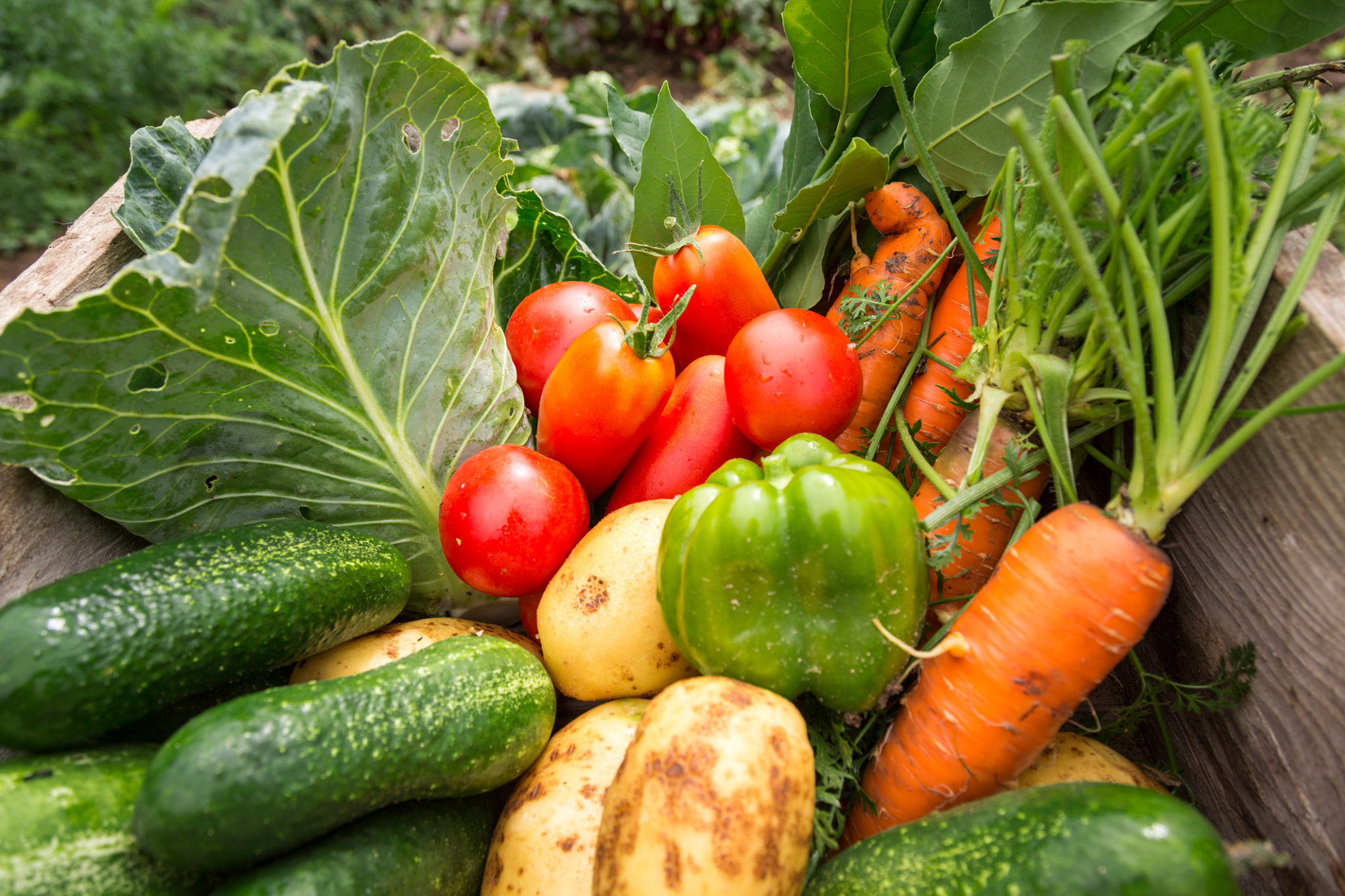DIY Edible Garden Projects: Affordable Ways to Start Growing Your Own Food
Getting Started with DIY Edible Gardens
Growing your own food is not only rewarding but also a great way to save money and ensure you have fresh produce at your fingertips. Whether you have a spacious backyard or just a small balcony, you can create an edible garden that suits your space and needs. This guide will help you start your DIY edible garden without breaking the bank.
The first step is to assess your available space and decide what you want to grow. Consider the climate in your area and the amount of sunlight your garden will receive. This will help you choose the right plants that will thrive in your environment.

Choosing the Right Plants
When starting an edible garden, it's essential to choose plants that are both easy to grow and suitable for your climate. Some popular choices for beginners include:
- Herbs: Basil, mint, and parsley are easy to grow and can be used in a variety of dishes.
- Vegetables: Tomatoes, lettuce, and radishes are quick-growing options that can be harvested in a few weeks.
- Fruits: Strawberries and blueberries are ideal for small spaces and can be grown in containers.

Creating Your Garden Space
Once you've chosen your plants, it's time to set up your garden space. If you're working with limited space, consider using containers or vertical gardening techniques. These methods maximize your growing area and allow you to garden in unconventional spaces.
Container gardening is perfect for balconies or patios. Use pots or repurpose old containers to grow your plants. Ensure that they have proper drainage to prevent waterlogging.
Soil and Planting Techniques
The quality of your soil plays a crucial role in the success of your garden. You can create your own nutrient-rich soil by composting kitchen scraps and yard waste. This is an affordable and sustainable way to provide your plants with the nutrients they need.
When planting, follow the spacing and depth instructions on the seed packets or plant labels. Proper spacing ensures that each plant has enough room to grow and access sunlight.

Maintaining Your Edible Garden
Consistent care is vital for a thriving garden. Water your plants regularly, especially during dry spells. Mulching around your plants can help retain moisture and suppress weeds. Additionally, keep an eye out for pests and diseases, and address any issues promptly to prevent them from spreading.
Consider installing a simple drip irrigation system to make watering more efficient. This will save you time and ensure that your plants receive the right amount of water.
Harvesting and Enjoying Your Produce
One of the most rewarding aspects of gardening is harvesting your produce. Pick your fruits, vegetables, and herbs when they are ripe and ready. This not only ensures the best flavor but also encourages more growth.
Enjoy your fresh produce by incorporating it into your meals. From salads to homemade sauces, the possibilities are endless. Sharing your harvest with friends and family is also a great way to spread the joy of gardening.

Expanding Your Garden
Once you've gained some experience, you might want to expand your garden with more diverse plants. Consider adding perennials like asparagus or fruit trees, which provide harvests for many years.
Experiment with different plants and techniques to find what works best for you. Gardening is a journey, and there's always something new to learn and explore.
Starting an edible garden is an enriching endeavor that is both affordable and sustainable. With a little effort and creativity, you can enjoy the benefits of homegrown food year-round.